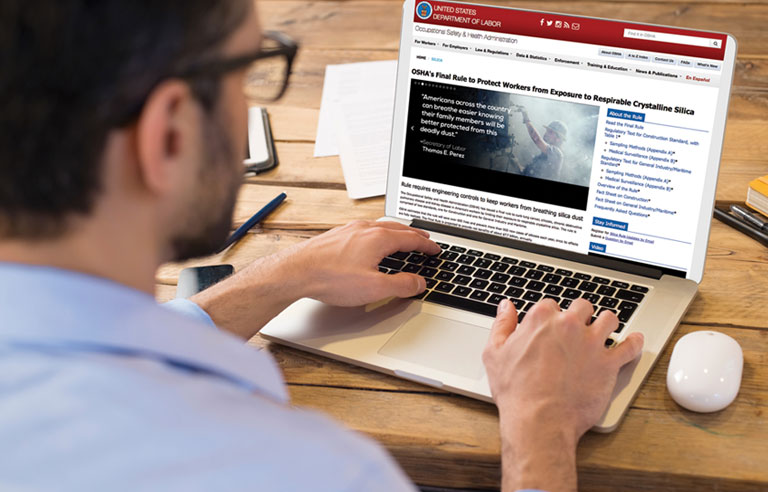5 Ways to Improve Cash Flow

1. Perform a Good Forecast
The first step is to get a good grip on where you cash flow currently stands and where it is likely to go in the future. Quite often small and mid-sized businesses aren't prepared for all the costs associated with growing quickly. More sales could mean more employees and a bigger inventory. That's money going out upfront. But when will it come back? "Too many companies get blindsided by unfavorable movements in cash flow that are predictable if they really sat down and thought through it," says Paul LaRock, a principal at consultancy Treasury Strategies in Chicago.
2. Evaluate Your Terms
If you're having trouble with cash flow, check to see how well your customer terms and supplier terms are balanced, recommends Analisa DeHaro, an associate principal with REL.
"If your average payable is 24 days and your average receivable is 47 days, that's 23 days that you have to float, which means you have to go out and get working capital," she says.
You'll want to look at the terms you're offering to customers and evaluate if they work for you and how your customers are performing to those terms. With suppliers, you want to see how their terms stack up against others in the marketplace. You might also discover that you're missing out on a discount if you were to pay even earlier. That might run counter to your goal of shortening that receivables-payables gap, but the money involved might be worth it.
3. Enforce Payment Discipline
In order to shorten your receivables period, you'll need to have a good collection system in place. DeHaro says you should ask yourself:
- How long is it taking to get paid?
- What is your collections activity?
- Are you getting the right level of contact with your customers?
- Are you identifying disputes fast enough?
- When you identify disputes, what is your policy for getting them resolved?
Keep in mind that these are not only ways to improve how quickly you get paid, but your customer service as well.
"If you buy something and something is wrong with the invoice, and it takes them a long time to resolve it, it makes you have a little angst and make them seem more difficult to work with," DeHaro observes.
4. Segment Your Customers, Suppliers and Inventory
You probably won't get too far if you try to tackle your cash flow as a whole. You're better off segmenting suppliers, customers and inventory.
When looking at your inventory, you want to observe the volatility of sales. Do you have too much cash tied up in products that sell only sporadically? Would that money be better off used in your "bread and butter" items that turnover more quickly? "You might end up having tons of money tied up in inventory without actually meeting your customers' needs," says DeHaro.
5. Make it a Companywide Priority
If improving cash flow is a priority, make sure all of your employees understand that. Remember that your employees will be motivated by the targets you set for them. Obviously, collectors should have collection targets. But even your sales staff should be on board. If a salesperson only has a revenue goal, he or she will work to meet it, regardless of whether the invoices are paid on time or in full. Instead, institute a policy where, if something is written off, the revenue is backed out of commissions.
SOURCE:inc.com

Comments